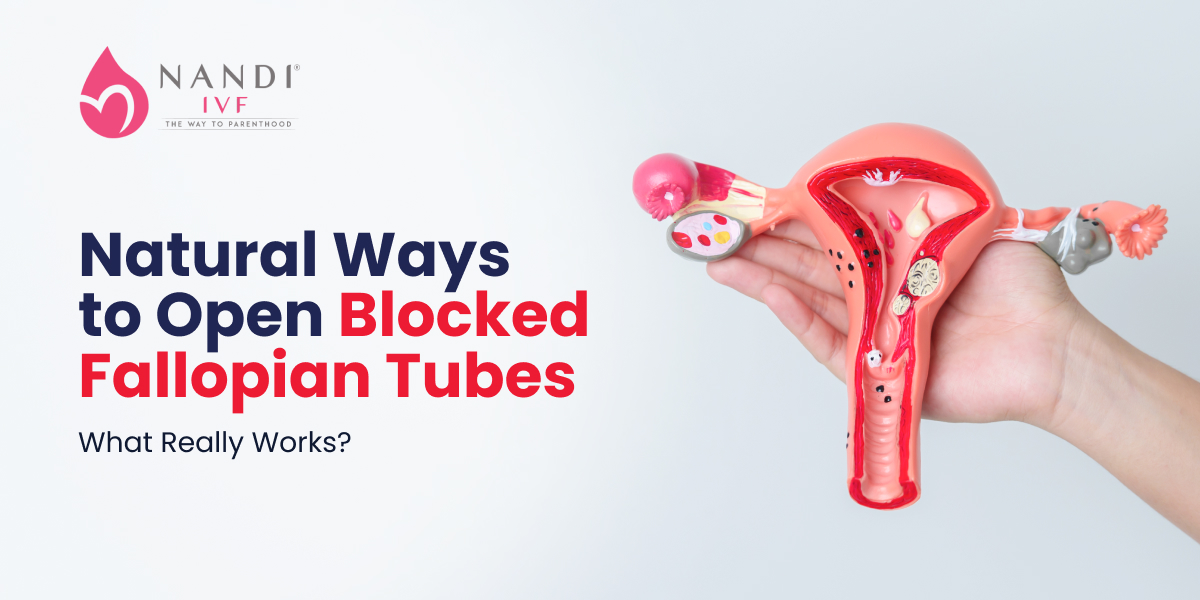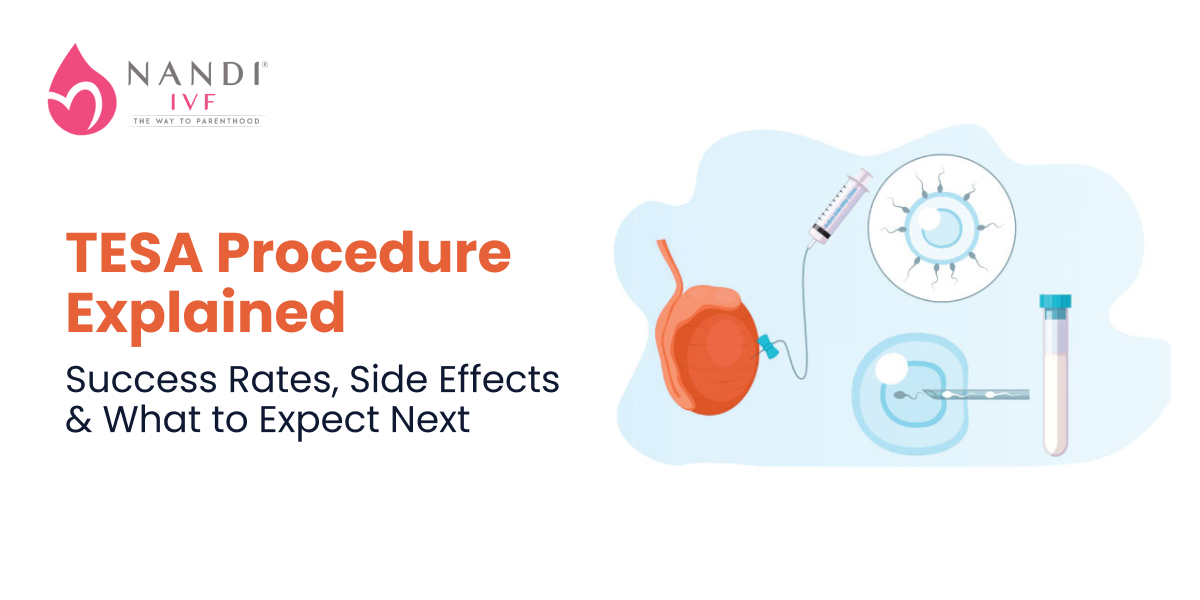What do we do when our dreams need a little help? We would go for it to every possible extent, right? When it comes to fulfilling the sweet dream of parenthood, IVF has emerged as the light at the end of the tunnel for couples who cannot conceive naturally. We know even in 2025, IVF is still a rarefied subject and deals with a lot of criticism, and people are dubious of preconceived ideas about IVF. But no worries- we are here to end this fallacy. With the top IVF specialist in Delhi, we are here to dispel the epidemic of misconceptions. Come along with us on this ground-breaking journey.
What exactly is an IVF Baby?
An IVF baby is conceived through a scientific and man-made procedure known as IVF or in vitro fertilization. In this process, the sperm and egg are collected from the couple and fused in vitro under expert supervision. This journey is a shortcut aided by science whereas the natural route is guided by luck and timing. Either way, both journeys of child-rearing end up with the same amount of ecstasy and blissfulness. Do you need better assistance on your IVF journey? Talk to the fertility specialist at the top IVF centre in Delhi and make your journey more fruitful.
What is the Similarity between IVF and a Normal Baby?
Have you ever heard that IVF babies are weak or have genetic abnormalities? We are delighted to tell you that all these statements are just some common myths. A baby born through IVF has the same mental and physical capacities as a natural baby. They achieve developmental milestones, like walking, talking or reading, at the same pace as a natural baby. Moreover, they carry the same genes as their biological parents and share an equally strong parent-child bond as any natural kid.
So, How Does an IVF Baby Differ from a Natural Baby?
Imagine it as two different routes that lead to the same destination. In case of IVF, the sperm and egg are retrieved from the couple and fused in a petri dish outside the human body under the supervision of fertility experts. Whereas the natural process involves fusion inside the human body in the fallopian tube. A few other minor differences that can be considered are:
- Increased chances of multiple pregnancies due to the transfer of multiple embryos.
- Slightly increased risk of premature delivery of the baby.
- Process that demands emotional strength.
What is Next after fertilization?
Under natural scenarios, the embryo formed after fertilization gets implanted in the mother’s womb. On the other hand, in IVF, after 5-6 days, doctors implant the embryo formed in the lab back into the uterus. Either naturally or through IVF, once the embryo is implanted into the uterus, the remaining journey is the same.
To wind it up, every baby is a precious gift and gateway to happiness in your life. Irrespective of how the seed was planted, it blossoms just as beautifully as the rest of the trees. Get an appointment at NANDI IVF today and get started on this ecstatic journey of IVF with the top IVF centres in Delhi!!












